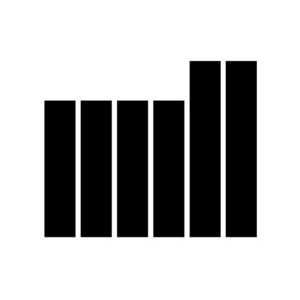
MPC Design on How They Brought an Intriguing Aesthetic to Ghost in the Shell

Design-led VFX and storytelling is at the core of MPC Design. The artists imagined and added life to some of the most integral scenes in Ghost in the Shell, including the sci-fi world’s interface technology - hologlobe communication - and complex hologram deconstructions. An extraordinary level of craft and the creation of bespoke technology were required to create the movie’s photo-real, futuristic environments – still in keeping with the original and iconic Manga designs.
Ryan Hays, Creative Director at MPC Design says: “To nail the aesthetic we kept one foot in the original film, but always looked to take it one step further creatively and technologically making the look and feel relevant for today. We gained Rupert’s total trust in our creative approach; which allowed us to bring an aesthetic familiarity to the show.”
There are several elements of narrative-based design that push the boundaries of physical space and are evident throughout MPC Design’s key visual motifs in Ghost in the Shell:
1. The holo-conference room
MPC Design’s imagining of the holo-conference room (the red room) set the aesthetic for the entire show. The challenge was to create a futuristic display system for crime-scene files and data that looked technically advanced, but still felt authentic.
To visualise the room – and the way characters interact with and manipulate that space – MPC Design referenced the original films. The also sourced other material including recent developments in ultrasound and lidar scanners and pulsed laser lights used to create high-res maps. This material helped the designers to create a ‘toolset’ allowing each character to be built from thousands of tiny dots.
2. Hologlobes
In the world of Ghost, hologlobes are multi-disciplined pieces of tech; used as we would a laptop. MPC Design adapted them stylistically for different uses in the movie, from home to security. In one key scene the leader of Section 9 (Ghost’s counter-terrorist organisation) watches a live feed from a crime scene starring Scarlett Johansson. MPC Design’s team of artists brought the live feed of data to life beautifully, with tight integration of CG and live action. This is where MPC Design’s expertise truly comes into its own.
Greg McKneally, VFX Supervisor at MPC says: “The sequence involves a complex camera move sweeping through a largely CG hotel environment that shows its guests as data, resolving into detail wherever Major’s [Johansson] attention focuses. Techniques we developed for the holo-conference room were drawn on and extended here essentially manipulating MPC’s bespoke tech to tie the aesthetic cleanly together.”
3. Disintegration technique
MPC Design’s take on the critical disintegration motif took Rupert’s creative vision to the next level. The team was required to design an effect for the most sophisticated and solid-looking holograms, who are often indistinguishable from reality. Used for all central characters including Kuze and Major, disintegration is central to the film’s design-led narrative; and was teased in the official film trailer.
Taking visual inspiration from voxels, the artists created a method to disintegrate holograms vertically. Six major scenes used this effect, requiring pinpoint ‘choreography’ – testament to the artists’ extraordinary design talent.













